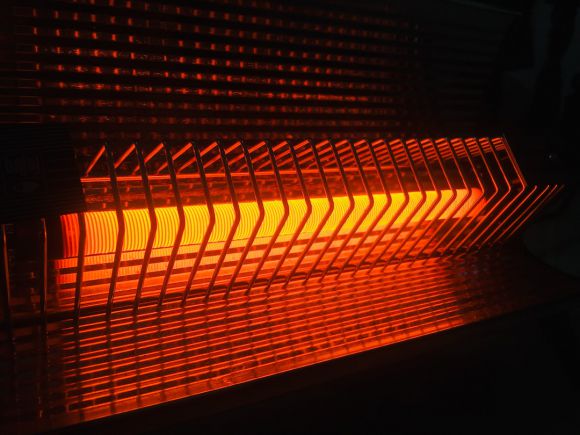Space heaters have become a common household appliance, providing warmth and comfort during the colder months. However, these handy devices have come a long way since their inception. From simple coiled heaters to advanced ceramic models, the history of space heaters is an interesting journey through the evolution of heating technology.
Early Beginnings: Coiled Heaters
The concept of using electricity for heating dates back to the late 19th century. The first space heaters were relatively simple devices consisting of coiled wires that produced heat when an electric current passed through them. These coiled heaters were often enclosed in a metal casing and had a rudimentary design.
However, despite their simplicity, these early heaters were highly effective in providing localized warmth. They quickly gained popularity, especially in colder regions where central heating was not readily available. Coiled heaters were affordable and easy to use, making them a popular choice among households.
The Rise of Radiant Heaters
In the early 20th century, radiant heaters emerged as a significant advancement in space heating technology. Unlike coiled heaters, which relied on convection to distribute heat, radiant heaters emitted infrared radiation that directly heated objects in their vicinity. This method of heating was more efficient and provided a more focused and intense source of warmth.
Radiant heaters often featured a ceramic element that emitted infrared radiation when heated. They were designed with reflectors to direct the heat towards the desired area, making them ideal for spot heating. Radiant heaters quickly gained popularity in industrial settings, where localized heating was required, and in homes where people wanted to warm specific areas without heating the entire room.
The Advent of Convection Heaters
In the mid-20th century, convection heaters became the next major milestone in space heating technology. These heaters utilized a combination of convection and radiant heating to warm the surrounding air. Convection heaters featured a heating element, often made of metal or ceramic, that heated the air as it passed over it. The warm air then circulated around the room, providing a more even and consistent heat distribution.
Convection heaters were designed to be more energy-efficient and safer than their predecessors. They often had built-in thermostats and safety features such as overheating protection and tip-over switches. These advancements made them a popular choice for home heating, as they provided a comfortable and convenient way to warm entire rooms.
The Arrival of Ceramic Heaters
In recent years, ceramic heaters have become the go-to choice for space heating due to their efficiency and safety features. Ceramic heaters utilize a ceramic heating element that heats up quickly and emits a steady flow of heat. The ceramic element is often combined with a fan, which helps distribute the warm air throughout the room.
Ceramic heaters are known for their ability to provide rapid and consistent heating. They are energy-efficient and often feature programmable thermostats and timers, allowing users to customize their heating preferences. Additionally, ceramic heaters are designed to be safe, with features such as cool-touch exteriors and automatic shut-off mechanisms.
In Conclusion
The history of the space heater is a testament to the continuous innovation and improvement in heating technology. From the humble coiled heaters to the advanced ceramic models of today, space heaters have evolved to become highly efficient, safe, and versatile appliances. Whether it’s providing spot heating or warming an entire room, space heaters have become an indispensable tool for staying comfortable during the colder months. As technology continues to advance, we can expect even more exciting developments in the world of space heaters.





